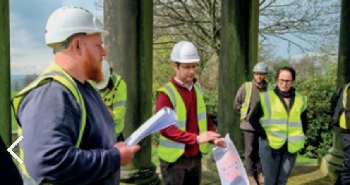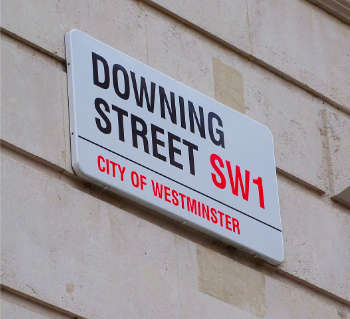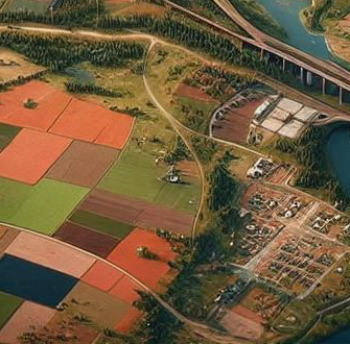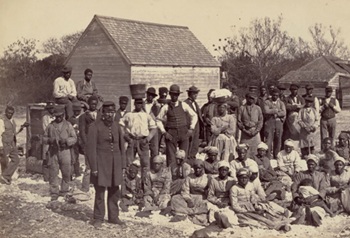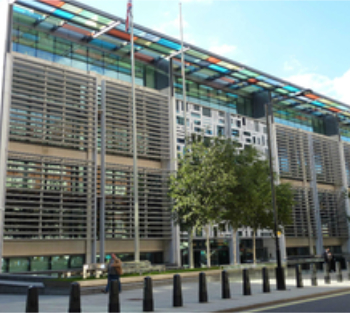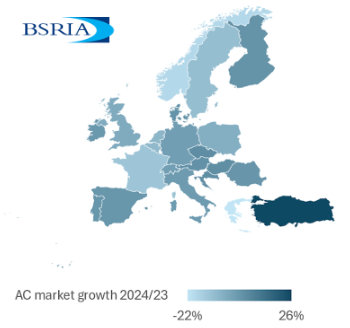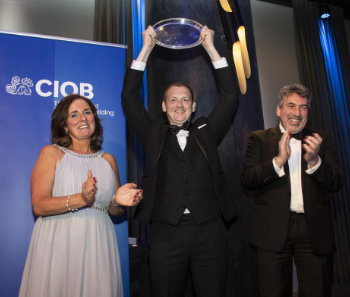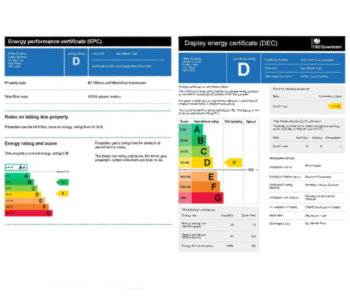Building a Safer Workplace Through Sustainable Practices
Combining workplace safety and sustainability is the future of work. Businesses are realising they can’t have one without the other. A safe workplace ensures employees thrive, while sustainability keeps the planet thriving. Together, they create a win-win scenario for everyone involved.
Modern businesses need to look beyond profit. They have to think about their people and the planet. Integrating safety and sustainability creates an environment where everyone feels valued.
Contents |
[edit] Understanding the Link Between Safety and Sustainability
Safety and sustainability may seem like two separate goals. But dig deeper and the connection becomes more evident. Both focus on minimising harm—whether to people or the environment.
Take air quality, for example. Clean air isn’t just about reducing emissions; it’s also about keeping workers healthy. Poor air can cause respiratory issues for employees while contributing to climate change. Addressing this benefits both.
Energy efficiency is another area where these goals overlap. Using energy wisely reduces costs, lowers environmental impact and ensures a safer workspace by minimising risks like overheating equipment or electrical fires. When businesses invest in sustainability, they often improve safety, too.
[edit] Identifying Sustainable Safety Practices
So, how can businesses promote safety while being eco-friendly? Here are some practical ideas:
[edit] Waste Reduction
Hazardous waste isn’t just an environmental issue—it’s a safety hazard, too. Spilled chemicals or improperly disposed waste can lead to injuries, fires or long-term health issues for employees. Businesses can start by auditing their waste streams to identify what’s avoidable and switch to safer, more sustainable alternatives.
Smart purchasing plays a significant role here. Ordering in bulk can reduce packaging waste and selecting reusable items—like cloth rags instead of disposable wipes—cuts down on what ends up in the trash. Prevention beats cleanup every time, keeping the workspace safe and eco-friendly.
[edit] Efficient Resource Use
Using resources wisely helps the planet while reducing workplace risks. Take energy-efficient lighting as an example: LED lights not only save electricity but also stay cool, minimising the risk of burns or fires. Similarly, machines designed to use less power often generate less heat, improving overall safety.
Water conservation isn’t just good for the environment—it prevents hazards like slips and falls caused by leaks or overflows. By regularly inspecting plumbing and fixing issues promptly, businesses save money, protect their workers and show commitment to sustainability.
[edit] Air Quality Management
Poor air quality can result in significant health problems for employees, ranging from respiratory issues to chronic illnesses. Installing advanced ventilation systems ensures that dust, fumes and other pollutants are removed effectively. This not only meets safety standards but also contributes to a healthier, more productive workforce.
Adding indoor plants can amplify the benefits. Plants naturally filter the air, absorbing toxins while releasing oxygen. Beyond health, they also boost morale, creating a workspace that feels fresher and more welcoming.
[edit] Safe Material Choices
The materials businesses can have a considerable impact on both safety and environmental health. Non-toxic cleaning supplies, for instance, reduce exposure to harmful chemicals, protecting employees while also preventing these toxins from entering the water supply.
Using renewable resources like bamboo or recycled metals not only reduces environmental impact but often involves safer handling and disposal processes. Sustainable choices can minimise risks at every stage, from manufacturing to end-of-life disposal, ensuring a safer and greener workplace.
[edit] Incorporating Programmes for a Dual Impact
To truly integrate safety and sustainability, employees need to be on board. An environmental awareness course is a great way to start. When workers understand how their actions impact both safety and the planet, they become more engaged.
Safety drills can include sustainability elements. Think about spill response training. Employees can learn not just how to handle spills safely but also how to minimise environmental damage.
Reward systems work too. Recognising employees who champion safe and sustainable practices encourages others to follow suit. It creates a culture where these values become second nature.
[edit] Monitoring and Measuring Success
No plan is complete without a way to track its progress. Businesses need to measure how well their safety and sustainability efforts are working.
Start by setting clear goals. For safety, this could mean reducing workplace injuries by a certain percentage. For sustainability, it could mean cutting energy use or waste.
For example, a face fit testing certificate course is an excellent tool for teams that use respiratory protective equipment (RPE). These programmes train individuals to ensure that RPE fits appropriately, keeping workers safe from harmful particles. They also help businesses track compliance, proving they’re serious about employee health.
Regular audits can keep businesses on track. Checking safety protocols and sustainability efforts side by side ensures both are improving. It’s not just about catching mistakes; it’s about finding ways to do even better.
Metrics like air quality levels, energy usage and injury rates provide valuable insights. Sharing these results with employees keeps everyone motivated and aligned with the company’s goals.
[edit] Conclusion
Integrating safety and sustainability is necessary for businesses that combine these efforts to create workplaces that care for both their people and the planet.
From reducing waste to improving air quality, the benefits are endless. Employees feel safer, operations run smoother and the planet breathes a little easier. By adopting integrated approaches, they’re investing in long-term success. It’s not just about being responsible—it’s about being the best version of themselves.
Featured articles and news
Heritage building skills and live-site training.
Shortage of high-quality data threatening the AI boom
And other fundamental issues highlighted by the Open Data Institute.
Data centres top the list of growth opportunities
In robust, yet heterogenous world BACS market.
Increased funding for BSR announced
Within plans for next generation of new towns.
New Towns Taskforce interim policy statement
With initial reactions to the 6 month policy update.
Heritage, industry and slavery
Interpretation must tell the story accurately.
PM announces Building safety and fire move to MHCLG
Following recommendations of the Grenfell Inquiry report.
Conserving the ruins of a great Elizabethan country house.
BSRIA European air conditioning market update 2024
Highs, lows and discrepancy rates in the annual demand.
50 years celebrating the ECA Apprenticeship Awards
As SMEs say the 10 years of the Apprenticeship Levy has failed them.
Nominations sought for CIOB awards
Celebrating construction excellence in Ireland and Northern Ireland.
EPC consultation in context: NCM, SAP, SBEM and HEM
One week to respond to the consultation on reforms to the Energy Performance of Buildings framework.







